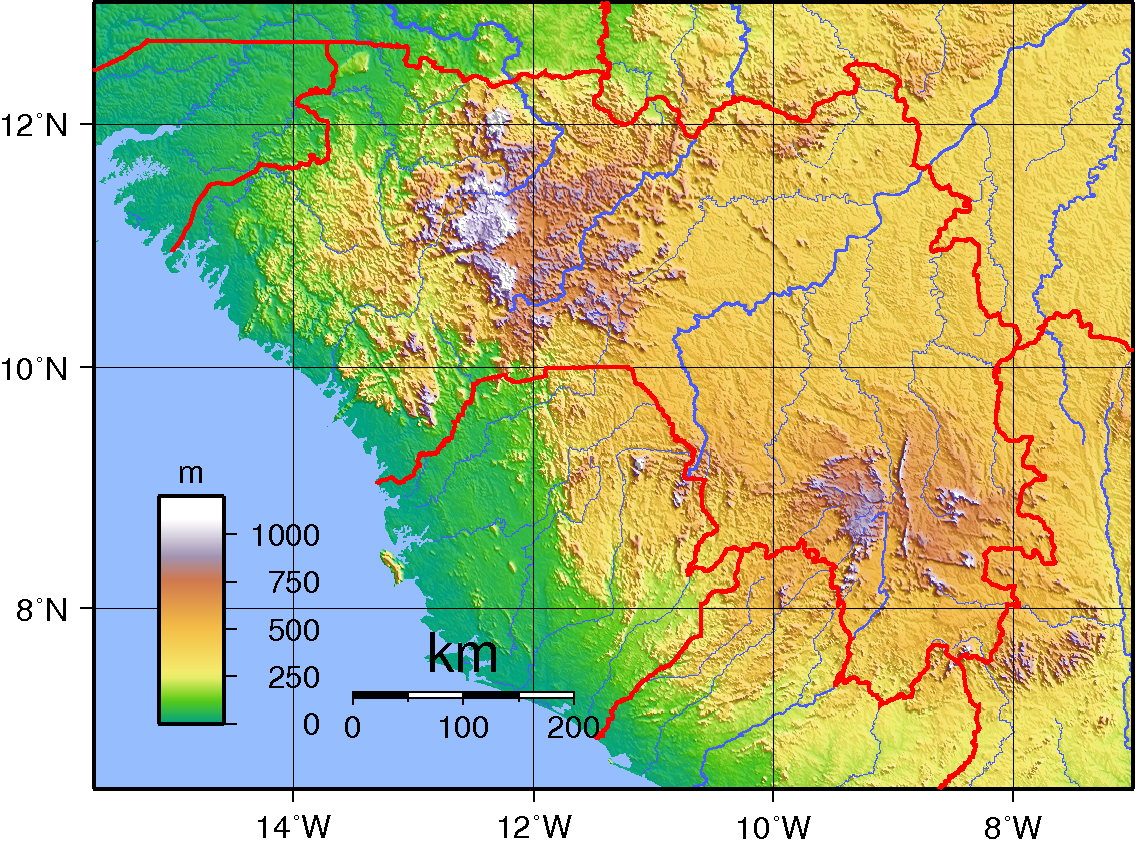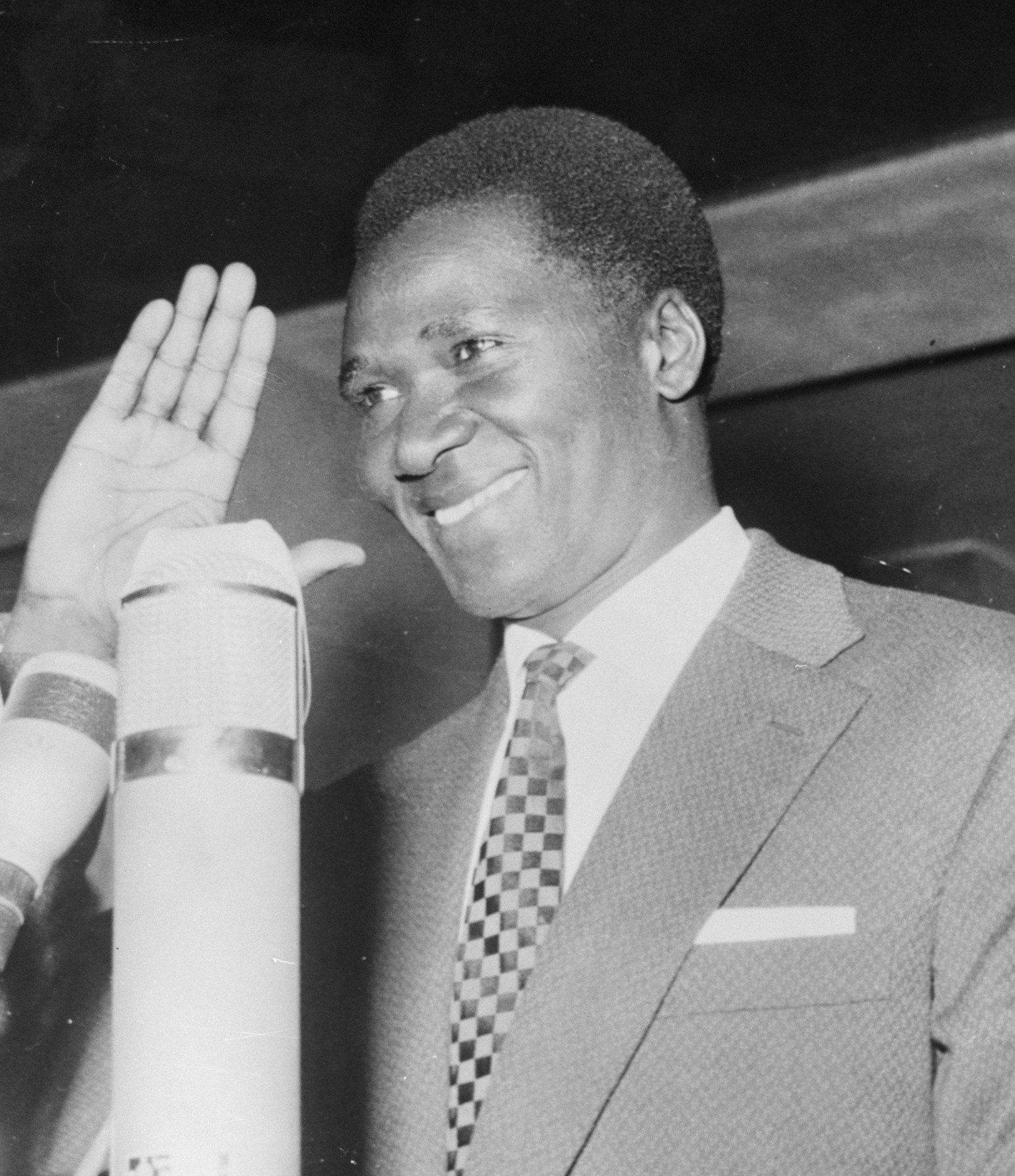Guinea after Independence: Searching for Opportunity
Following independence from the French in 1958, the declining political and economic situation led many migrants to flee Guinea for neighboring countries, including Senegal, Guinea-Bissau, Mali, Côte d’Ivoire, Sierra Leone, and Liberia. Some migrants fled Guinea and established themselves in villages where family members had previously moved for economic opportunity or to escape harsh colonial policies like military conscription, forced labor, and taxation. In the first ten years following Guinean independence, Fulbe people from Futa Jallon (Fulbe Futa) flooded into southern Senegal. An estimated 14,000 lived in the region of Kolda at independence, but that number grew to around 56,000 by 1968. In addition to those who settled in Kolda, significant numbers went elsewhere in Senegal, many to the capital of Dakar and to eastern parts of Gambia. Both before and after the war in Portuguese Guinea/Guinea-Bissau, Guinean Fulbe settled there as well.
After Guinean independence, Sékou Touré’s Parti Démocratique de Guinée (PDG) government enacted a form of socialism centered along proud nationalism and a strong central government that would reshape the economy. After economic turmoil in the early 1960s, the Guinean government put in place a substantial set of reforms known as the Loi-Cadre of 1964. A strong distillation of the economic philosophy of the Touré/PDG government, these reforms included a further crackdown on private trade, achieved by reducing the number of licensed merchants; and soon afterwards, the importation and exportation of a range of specific products was taken over entirely by state enterprises. These policies increased the incentive for migration, but the Loi-Cadre also doubled the number of border guards, making it more challenging to migrate.
Nevertheless, while border crossing became more difficult at the individual level, the new policy had little effect on the overall number of people emigrating from Guinea. Once migrants had crossed the border, they could blend into communities where they already spoke the language, and often followed their own family members to communities where they could more easily integrate. However, the passage across the border was dangerous, with Guinean military patrols seeking to catch migrants and punish them for their insolence. Some migrants attempting to leave Guinea were even shot and killed.
The economic policies enacted by Touré and the PDG were met in Futa Jallon with skepticism, often amounting to hostility. The creation in 1960 of a weak Guinean replacement for the French franc, the sily, along with the removal of trade from private hands, left fewer opportunities for Fulbe traders and others to make profits. With most restricted from operating in the private market, their main options were to smuggle goods in and out of Guinea, or to move their businesses out of the country entirely. Sellers of kola nuts, fabric, and jewelry left, along with individuals who would become dealers in charcoal and fruit in Senegal and the Gambia.
By 1974, an estimated 300,000 Guineans (almost 7 percent of the country’s population) were in Senegal alone, the vast majority of whom were in rural villages and towns throughout the country. Most of these were from Fulbe areas of the Futa Jallon plateau. Farmers were hit particularly hard by the Guinean government’s policies, which set prices for agricultural products well below their market values and enforced such prices vigorously, even at small weekly markets. But those who tried to take their agricultural products or herds out of the country risked imprisonment.
The departure of large numbers of farmers resulted in a substantial decline in food production, increasing economic vulnerability and adding more fuel to Touré’s argument that the Fulbe were traitors to the nation. Many also took their herds across the border rather than keep them in state-mandated communal pens, and this led to a substantial decrease in cattle ownership, from one cow per two people in 1965 to one cow per three people in 1974. The quantity of cattle in the region saw even greater reductions, since the per capita decline coincided with a simultaneous decline in the region’s human population. Pastoralists were also required to sell a certain percentage of their herds to the state each year at very low prices, which increased the incentive for migration.
Given the long tradition of historical migration out of Futa Jallon to other parts of the region, migrants had ample opportunity and experience with border crossing. This allowed them to move when circumstances were difficult, or just when economic opportunities were more prevalent on other sides of the border.

